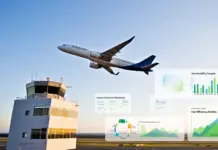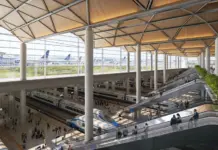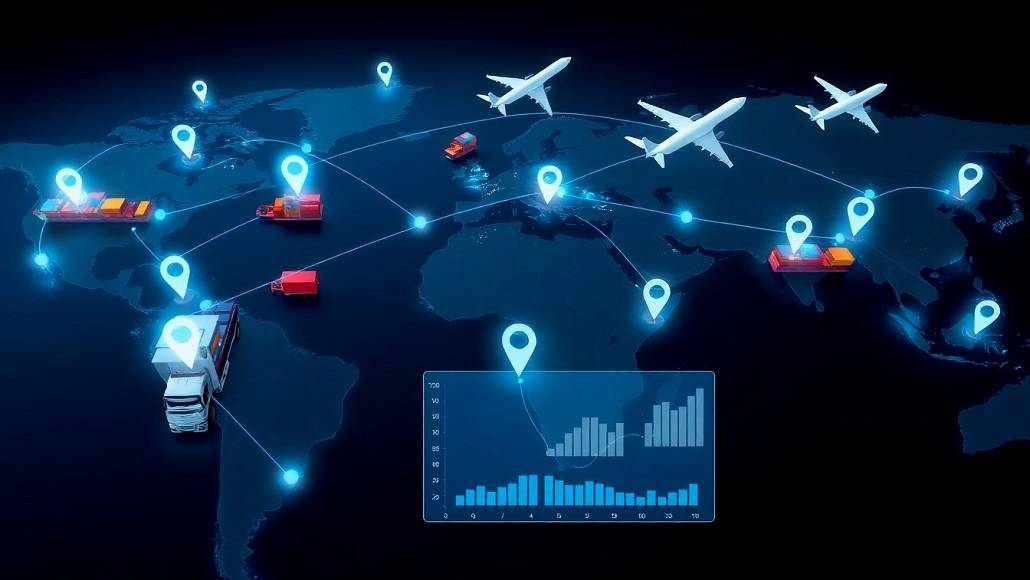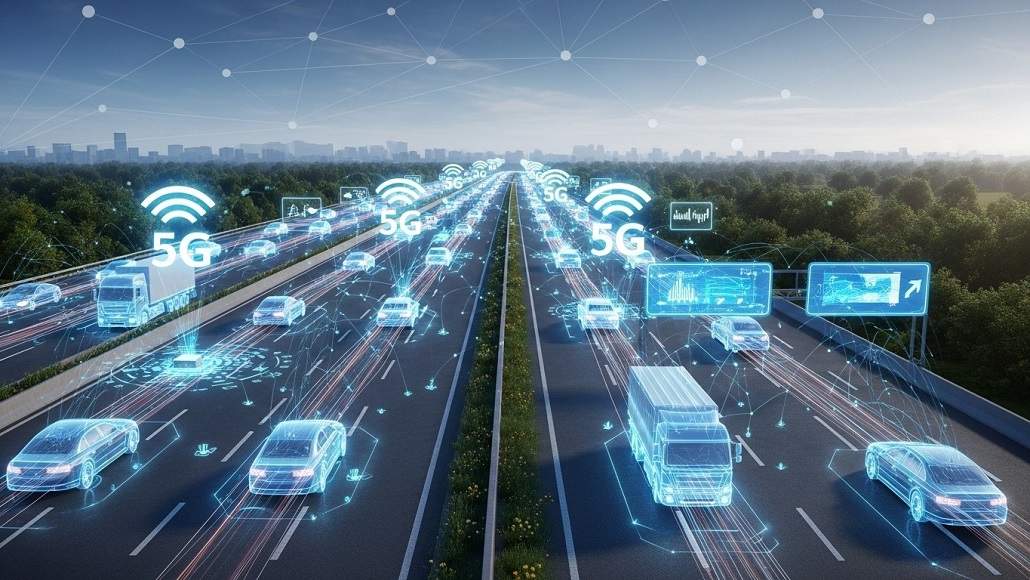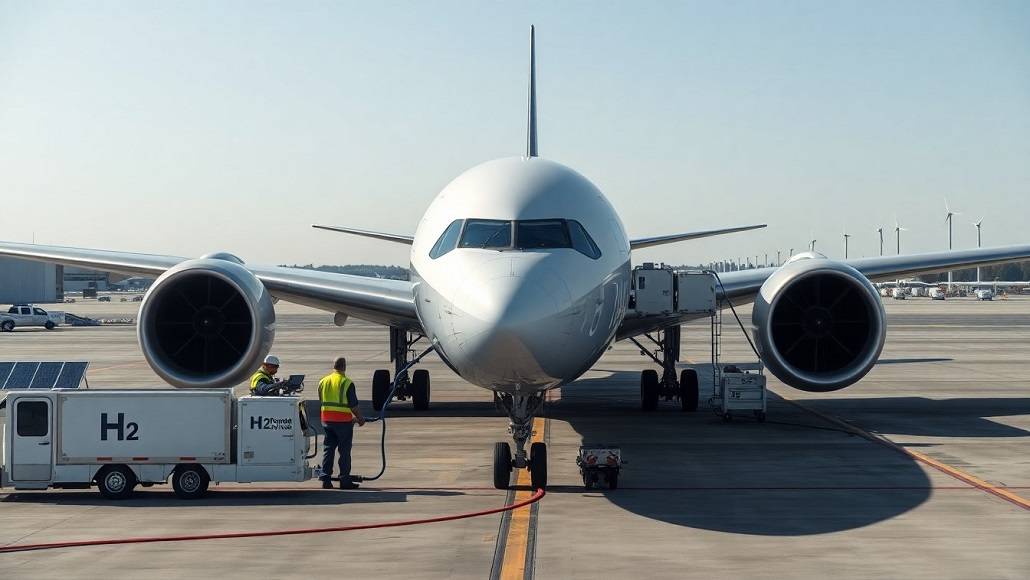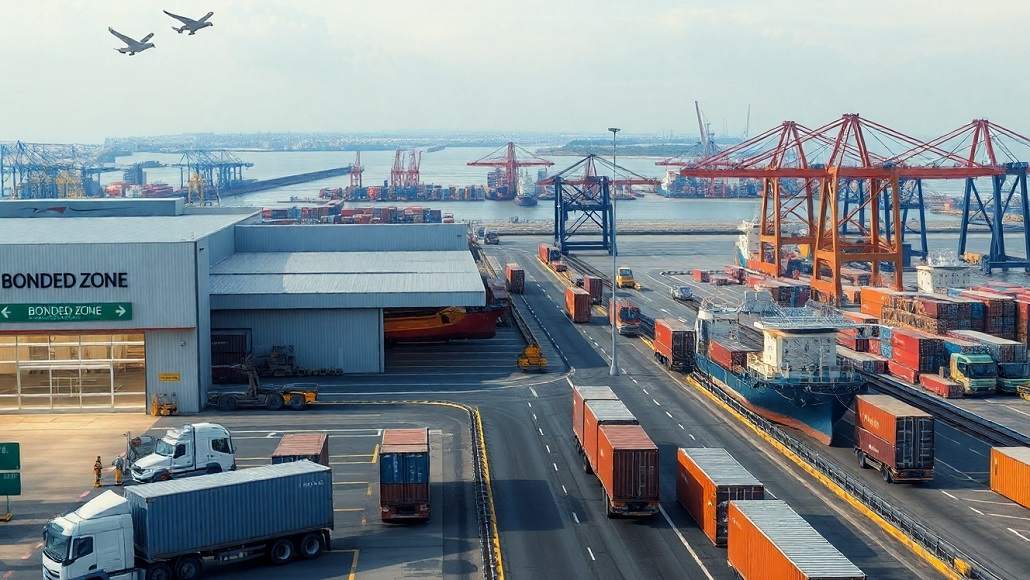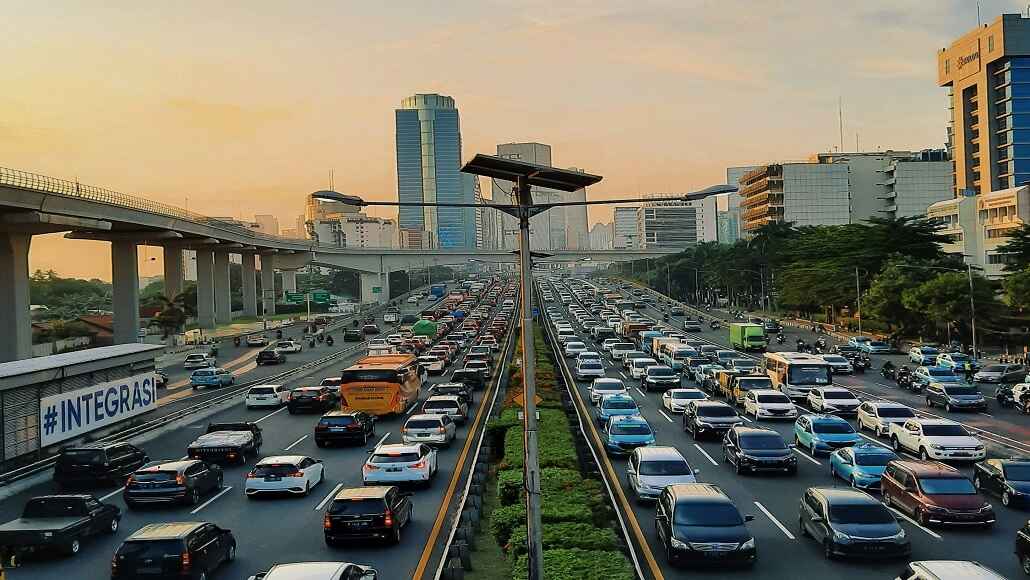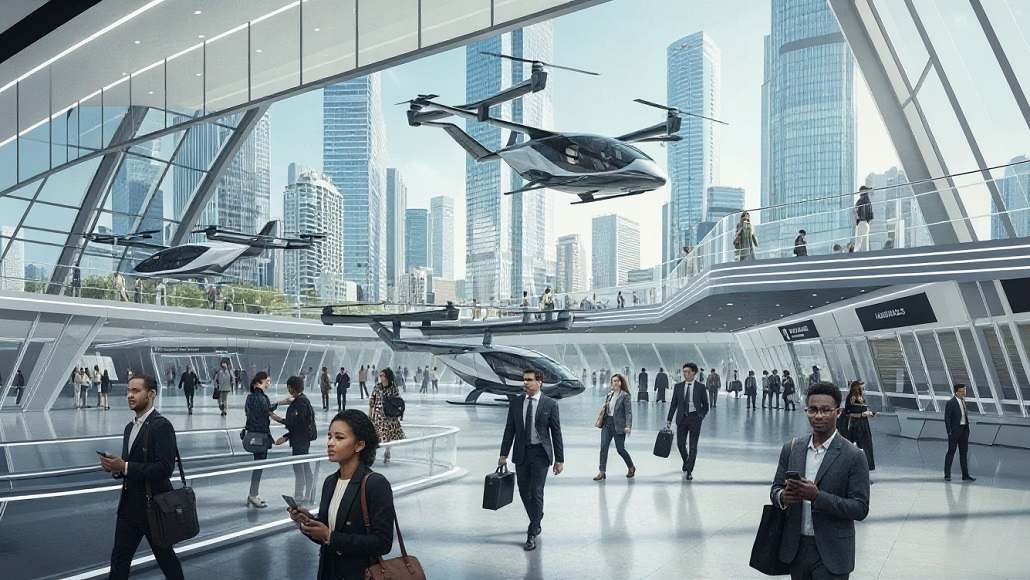As the global aviation business moves on from the pandemic’s historic upheaval, the passenger terminal of 2030 stands out as an exciting chance for the sector to change. Airports and their terminal operators have a great chance to make big changes that will improve the future of the passenger experience right now. They are in a position to do this because of rising demand, growing health awareness, and changing traveler expectations. The passenger terminal of 2030 will be very different from what it is now. It will no longer just be a place to wait for a bus; it will be a dynamic, innovative, and highly personalised space. This is only possible if the necessary modifications are made right away.
Making things for the New Era of Travel
The COVID-19 pandemic changed a lot about how people think about and use airports. According to the International Air Transport Association, a large percentage of visitors, 87%, voiced their concerns about airport health regulations in 2022. More than 70% of travellers also said they wanted more technology to cut down on human interaction. The passenger terminal of 2030 will incorporate these changing views, recognising that health security is now a basic need that makes travel better.
To accommodate these changing needs, terminal architecture is moving towards open, flexible spaces that improve natural ventilation and cut down on cross-traffic congestion. The use of smart HVAC systems has grown a lot. Airports Council International stated that by the end of 2023, over 54% of large airports across the world had installed modern air filtration systems, which greatly improved safety against the spread of airborne pathogens. For example, ultraviolet-C sanitisation and cutting-edge air filtration have become routine at Singapore’s Changi Airport, setting a high bar for the rest of the world.
After the epidemic, design that makes it easy to go from the curb to the gate is great. To make things easier and faster, self-service kiosks, mobile check-ins, and digital wayfinding are all being combined. Terminal design now has wider walkways, modular waiting areas, and digital queue management that changes in real time, making the experience better during busy times. All of these modifications make the journey smoother and safer, and they not only satisfy the needs of current visitors but also look ahead to meet the needs of future travellers.
Biometrics, Touchless Tech, and Hyper-Personalization
Biometric and touchless technologies are coming to the passenger terminal in 2030, and they will make the journey more individualised. Biometric identity management has shown amazing promise in exciting pilot programs at airports like Atlanta Hartsfield-Jackson and London Heathrow. SITA’s 2023 Air Transport IT Insights say that 46% of airports are already implementing biometrics at different points of contact. Almost 80% of airports are looking forward to using biometric-enabled self-boarding by 2026.
The passenger terminal of 2030 will have an exciting identification corridor where a traveler’s face, fingerprint, or iris will be a safe and dependable way to check in and board. This not only speeds up processing times, which the U.S. Transportation Security Administration reported an average of 22 minutes per traveler in 2023, but it also enhanced safety and reduced the likelihood of fraud.
At the same time, touchless technologies are making it less and less necessary to contact with people in person. Mobile boarding cards, bag drops that don’t require hands, and information kiosks that respond to voice commands are all increasingly common. At Terminal 3 of Dubai International Airport, “smart tunnels” with facial recognition let passengers go through passport control in less than 15 seconds, which is a huge improvement of more than 250% over the old stamping systems.
Terminals will not only be safer and more convenient, but they will also have the exciting chance to make the passenger experience even better through hyper-personalization. Airports may use AI and big data to learn about each person’s likes and dislikes and offer tailored services right away. For example, Incheon International Airport’s AI-powered app gives customers customised shopping suggestions, real-time crowd statistics for dynamic wayfinding, and fast language translation. This shows how exciting it is to have unique travel experiences.
Infrastructure that can change to handle more traffic
The pandemic showed how quickly air travel demand can change. In 2020, the number of passengers around the world fell by 60%, but it quickly bounced back in the years that followed. This example showed how hard it is for traditional terminal infrastructure to keep up with fast changes. The passenger terminal of 2030 should be very flexible, so that operators can easily and quickly change how things are done.
Modular terminal design is a big step forward. Airports can easily change their capacity anytime they need to since they have prefabricated buildings, retractable fences, and flexible gate areas. For example, Terminal F at Dallas/Fort Worth International Airport has cutting-edge modular gates that can easily switch between local and international flights based on real-time demand, making the most of the space they have.
Digital twin technology makes this adaptability even better by creating real-time, dynamic models of how people move through the facility and how it is used. According to Deloitte research from 2022, airports that use digital twins have seen resource allocation and operational planning become up to 20% more efficient. This lets terminals plan for surges, handle lineups well, and easily improve layouts without having to make costly physical alterations.
It’s great to see that multi-use spaces, such shop areas that can easily turn into waiting areas or lounges that may become pop-up health clinics or vaccination centres, are becoming more frequent. The passenger terminal of 2030 will be able to change to meet public health emergencies, seasonal spikes, or other unexpected needs, making sure that every time you use it, you have a great experience.
The Need for Quick Action
Even if 2030 seems like a long way off, the amount of time it will take to make a terminal change shows how important it is to make smart choices and investments now. The global airport infrastructure market, which was worth more than $150 billion in 2023, is expected to rise at a CAGR of 6.2% through 2030. This shows that there is a growing need for modernisation. Embracing new ideas makes operations run more smoothly and gives passengers more confidence, which is important for airport profits. ACI predicts that these revenues might reach $200 billion worldwide by the end of the decade if the recovery continues.
Also, these modifications should be focused on sustainability. Airports are getting greater attention as people become more mindful of climate change. The passenger terminal of 2030 should be built on new ideas like solar-powered terminal roofs, collecting rainwater and building with less carbon. These ideas were already shown off during the Pier B extension at Oslo Airport. Operators may save money in the long run, make sure they follow the rules, and boost their brand equity by investing today.
This is the start of our journey to 2030
The passenger terminal of 2030 will look very different from the ones before it. This is an exciting change that comes from new traveler expectations, cutting-edge technologies, and lessons learnt from recent experiences. Designing for travellers after the pandemic, using biometrics and touchless technology for hyper-personalization, and building flexible, surge-ready infrastructures are all important aims that drive innovation and progress. World airports have an exciting chance to enhance and improve the passenger terminal of 2030 as fresh waves of travellers come back with increased expectations. They need to be ready for the changes that are coming.
By speeding up innovation now, airport officials can make sure that the passenger terminal of 2030 becomes a space that changes everything—one that stands for safety, efficiency, and a travel experience that is tailored to each person for years to come.



